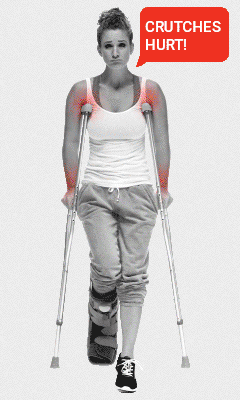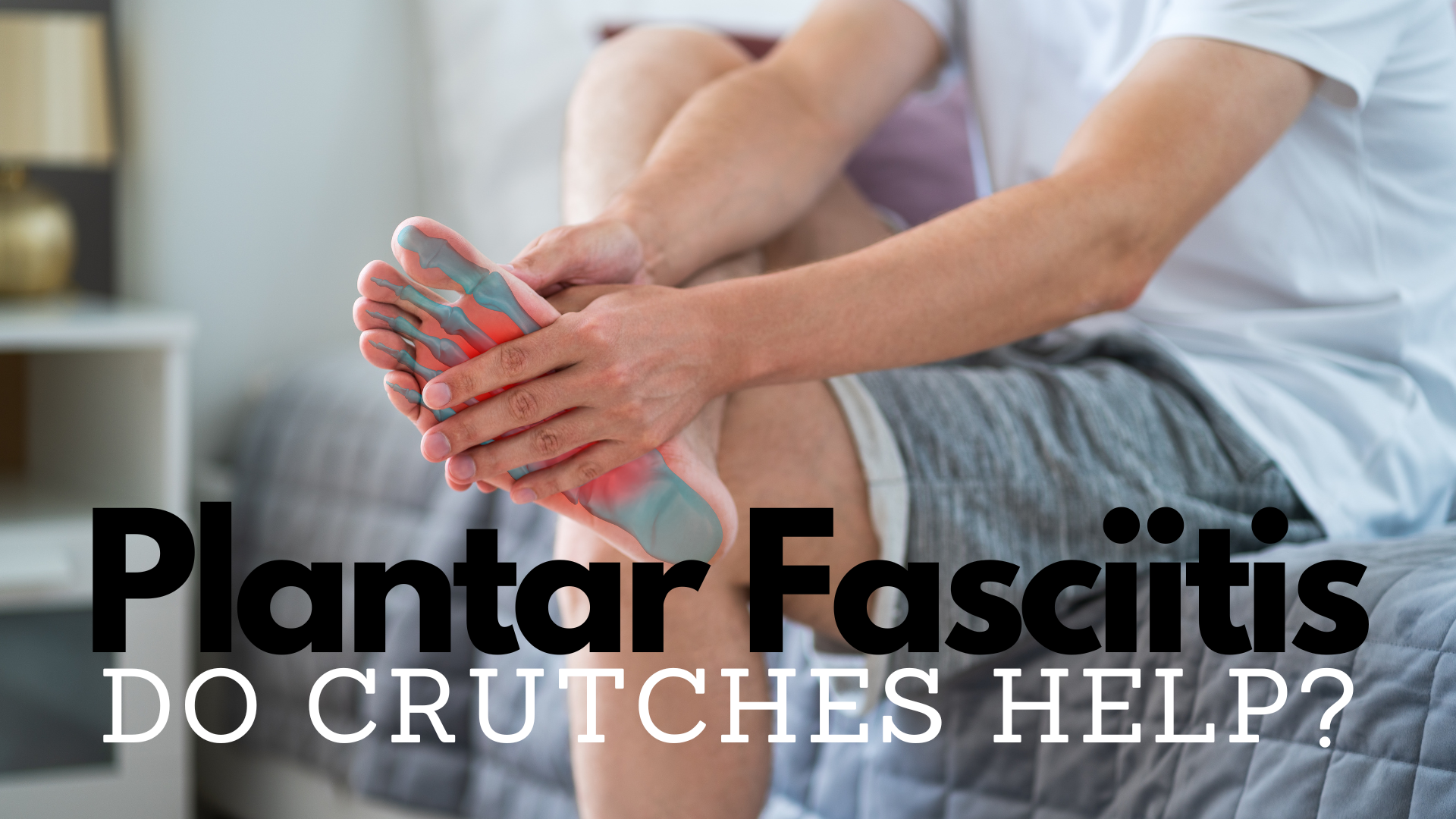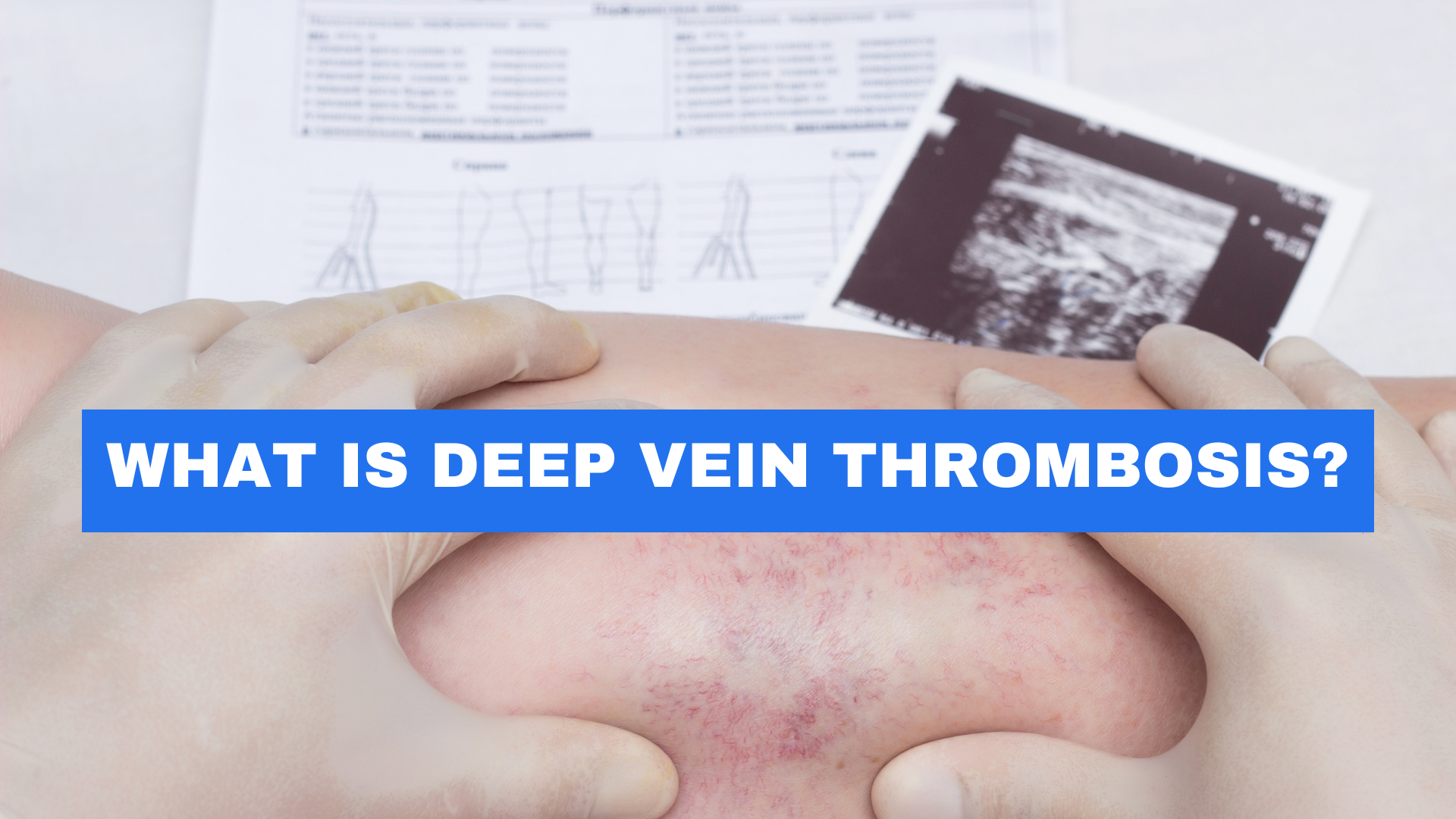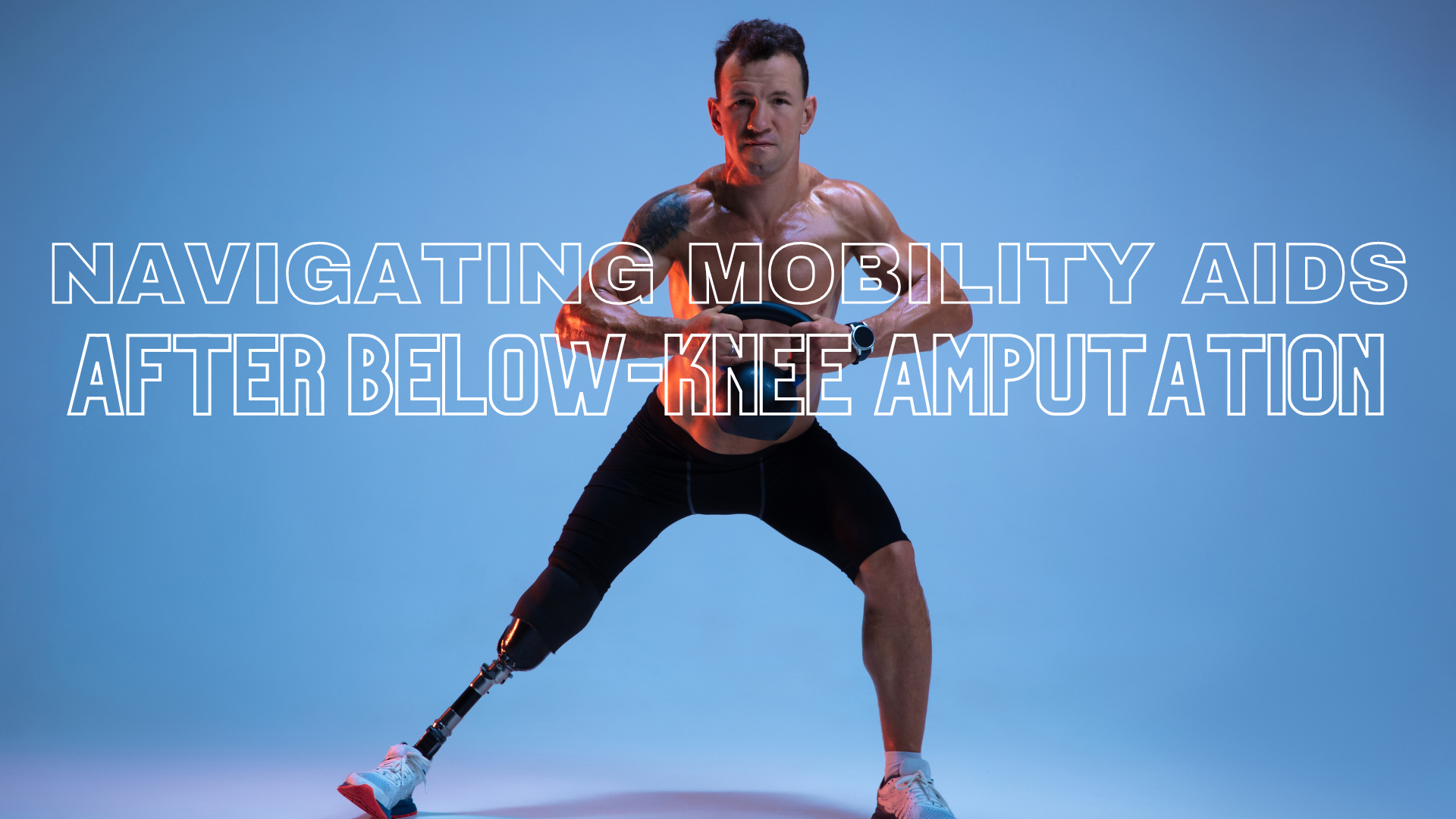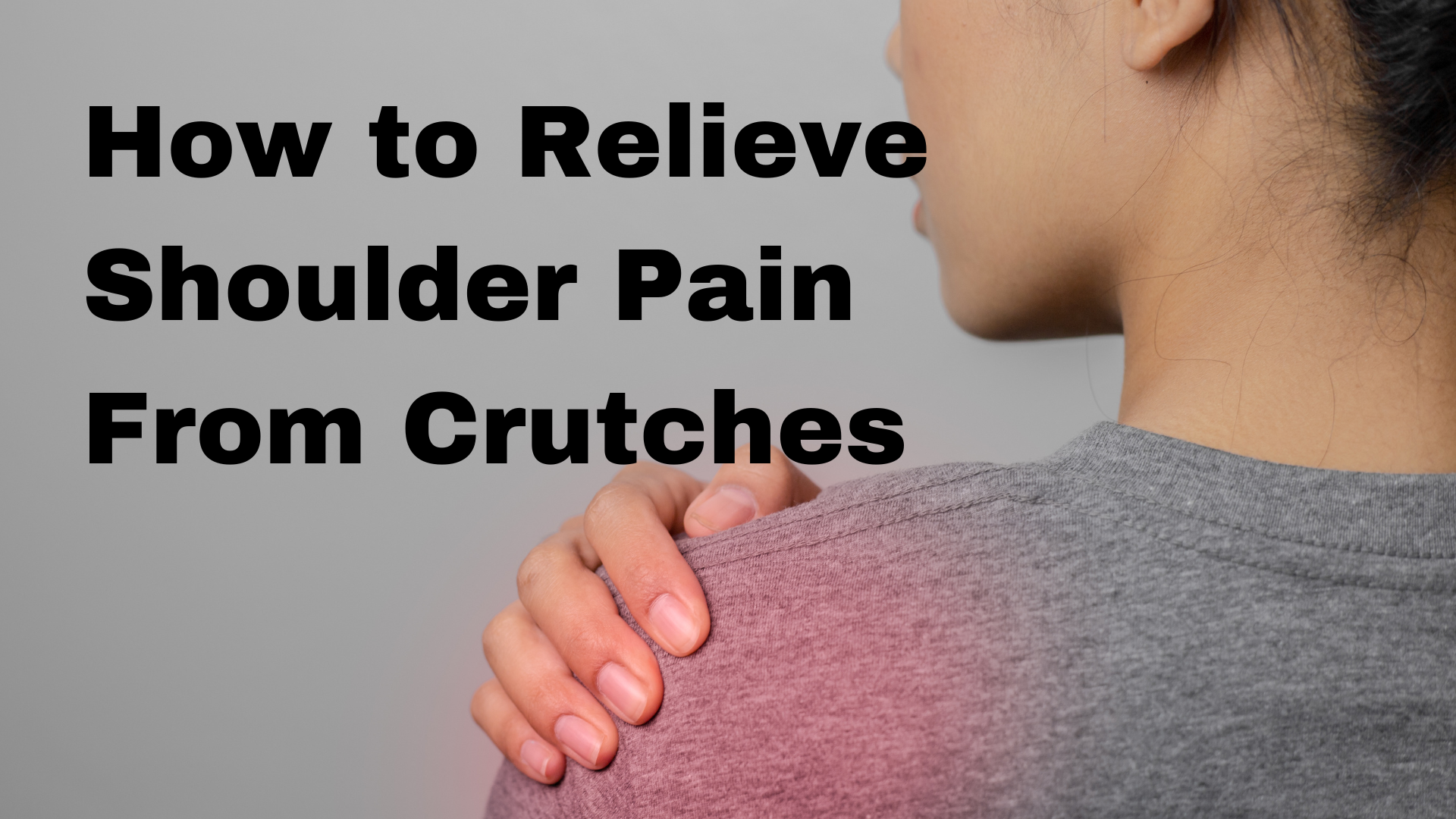Lorem ipsum dolor sit amet, consectetur adipiscing elit. Ut elit tellus, luctus nec ullamcorper mattis, pulvinar dapibus leo.
Physical therapists play a crucial role in helping patients recover from lower-leg injuries, offering specialized care and rehabilitation techniques that are essential for achieving optimal recovery and restoring mobility. Lower-leg injuries can range from fractures and sprains to post-surgery rehabilitation, and physical therapists are expertly trained to address a wide variety of these injuries including:
- Lower Leg Fractures: Fractures in the lower leg, such as tibia or fibula fractures, often require immobilization through casts or braces. Once the immobilization period ends, physical therapists step in to guide patients through a progressive rehabilitation program. This includes exercises to improve strength, flexibility, and joint mobility, gradually helping the injured leg regain its full functionality.
- Ankle Sprains: Ankle sprains are common injuries that can lead to instability and recurring problems if not properly rehabilitated. Physical therapists work on restoring joint stability, muscle strength, and proprioception (awareness of body position) to prevent further injuries.
- Achilles Tendon Injuries: Whether it’s a strain or a tear, Achilles tendon injuries can significantly impact mobility. Physical therapists create tailored exercise programs to strengthen the calf muscles and Achilles tendon, facilitating healing and preventing re-injury.
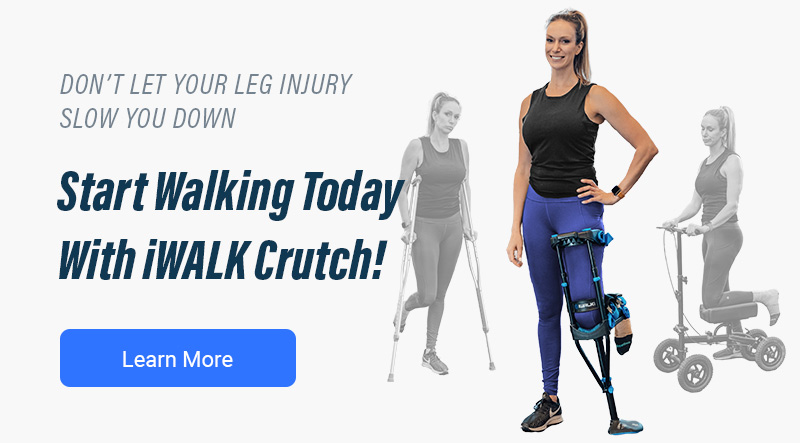
Navigating Mobility Challenges: A Physical Therapist’s Perspective
When it comes to recovery from lower-leg injuries, the journey is often marked by both challenges and triumphs. As a physical therapist who is dedicated to helping patients regain their mobility and independence, we’re grateful to hear from the medical professionals who not only recommend the iWALK but are there with their patients throughout their process of recovery.
We interviewed Physical Therapist Jomar Vasquez after they tested the iWALK hands-free crutch to gather their opinion on the use and effectiveness.
Q: How was your patient’s experience learning how to use the iWALK?
A: “Setting up the iWALK takes some practice, but once the patient figures out how to set it up, stand and sit with it they enjoy it! After a couple days, the patient was really starting to get comfortable with it to where she didn’t have to have a hand on it to maintain her balance. We also had employees with injuries trial the device and so far have had a lot of good comments about it. The ones that were possible candidates purchased the iWALK before we had a chance to try it with them. They seemed to be very quick on their feet.”
Q: Did your patient prefer the iWALK over crutches? If so, why?
A: “Yes, they preferred the iWALK. Everyone really liked having their hands free to do other tasks around the house, as opposed to worrying about difficulties with their crutches, such as trying to stand with them while doing other tasks.”
Q: How do you see the iWALK making an improvement in your practice?
A: “The iWALK provides another ‘tool in the box’ for our physical therapists to figure out how to make our patients as mobile and safe as possible. This is a great option for patients who do not have balance issues and need to complete other daily tasks and don’t need to worry about crutches, cane, or wheelchair as primary means for their mobility.”
In the field of rehabilitation, the iWALK is a symbol of the transformative power of innovation. Patient experiences show how it can foster adaptability and empowerment. The iWALK’s hands-free convenience goes beyond mere practicality, becoming a way to maintain daily routines. Its impact, as seen in individual stories and larger trials, highlights its potential to accelerate recovery and promote independence. If you’d like to incorporate the iWALK hands-free crutch into your practice there are options to dispense from their practice, distribute brochures, or to contact us to learn more. To learn more about the clinical benefits of the iWALK, click here.

